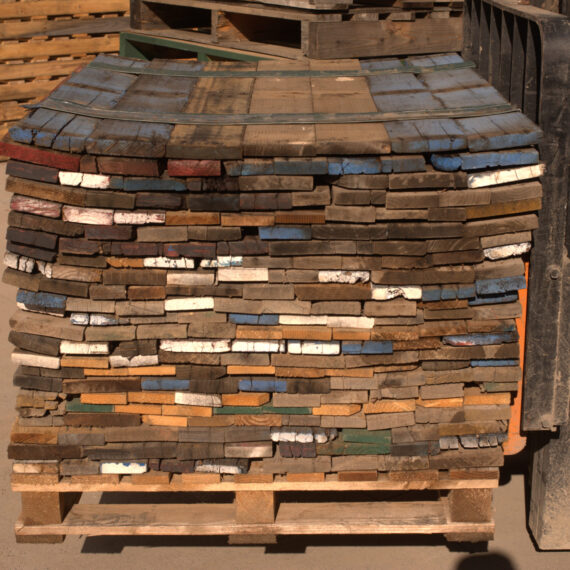Securing goods for transport is more than just stacking items neatly. Stability, protection, and compliance with international shipping standards are all crucial factors. Plastic export pallets and dunnage timbers are two key components that play a significant role in achieving this. When used together, they create a safe, reliable system for moving goods across Australia and beyond.
What Are Dunnage Timbers?
Dunnage timbers are pieces of wood used to secure, support, and protect cargo during storage and transport. They prevent goods from shifting, absorb shock, and provide a buffer between the product and the surface it’s resting on.
Common uses for dunnage timbers include:
- Creating spacing for forklift access
- Stabilising loads inside shipping containers
- Protecting fragile goods from impact
- Elevating items to avoid water damage
Because of their versatility, dunnage timbers are a staple in industries like construction, manufacturing, and freight.
The Role of Plastic Export Pallets
Plastic export pallets have become increasingly popular for international shipping because they are lightweight, durable, and compliant with global export regulations (unlike timber pallets, which often require fumigation or heat treatment).
Key benefits include:
- Hygiene – easy to clean, resistant to pests and mould
- Strength – able to handle heavy loads without splintering
- Durability – longer lifespan than traditional timber pallets
- Compliance – meets ISPM-15 regulations for international trade.
How They Work Together for Stability
Using dunnage timbers and plastic export pallets in combination offers the best of both worlds for securing shipments.
- Added Support: Dunnage timbers can be used to brace goods on top of plastic pallets, preventing shifting during transport.
- Load Protection: Plastic pallets provide a clean, uniform base, while dunnage timbers absorb impacts and protect items from damage.
- Enhanced Safety: Together, they reduce the risk of cargo tipping, breaking, or becoming unstable in transit.
- Flexibility for Different Loads: The pairing works for awkwardly shaped, oversized, or fragile items that need extra stability.
In modern logistics, achieving cargo stability isn’t about choosing one solution — it’s about combining the right tools. Dunnage timbers and plastic export pallets complement each other perfectly, offering strength, compliance, and protection for goods during storage and shipping. For businesses moving products locally or internationally, using both can mean fewer damages, safer handling, and more efficient transport every time.





